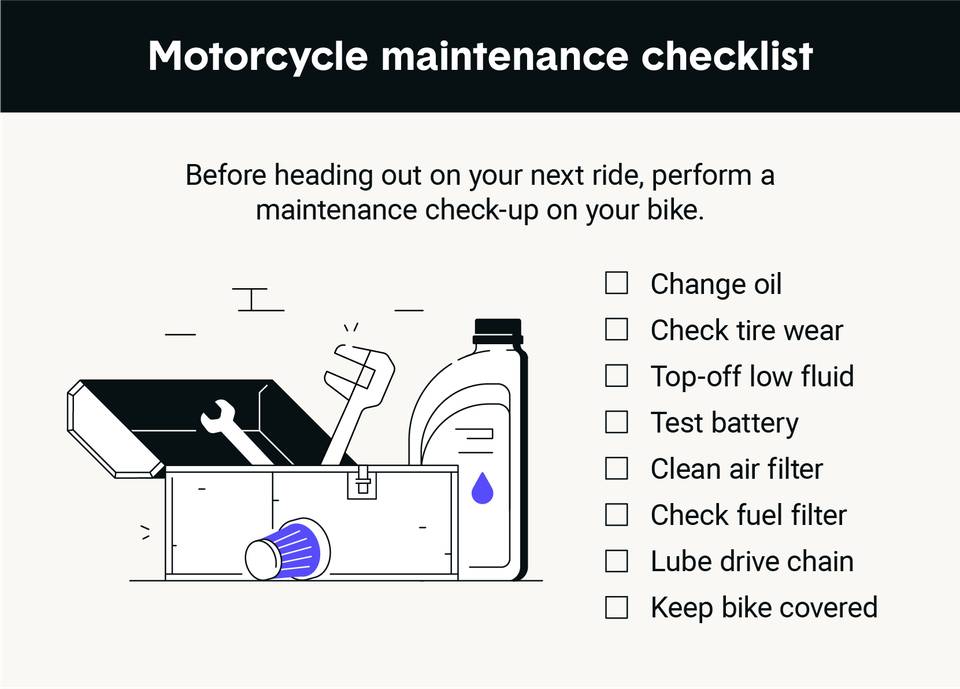1. Choose a bike that matches your experience level
Some motorcycles are exceptionally powerful and quick, with a high power-to-weight ratio. A higher ratio means a quicker rate of acceleration and shorter braking distance that can surprise you if you’re used to riding a heavier bike or one with a lower ratio. You should only ride motorcycles that match your experience level to avoid dangerous riding situations.
2. Wear a helmet every time you ride
A helmet with a face shield is an essential companion on every ride. Risk-taking is never a good idea on a bike, even if you’re only making a short trip. Head protection creates an added buffer between you and the road in the event of an accident. Look for a helmet that provides full protection for your chin and neck.
3. Use the proper protective gear — even if it’s hot out
Alabama is the only state where driving barefoot is illegal on a bike, but you shouldn’t ride without a set of heavy-duty boots wherever you live. Essential safety gear includes gloves and a jacket made with a durable material, like full-grain leather, waxed cotton or Kevlar.
4. Plan your rides in advance
Before you head out on a ride, you should plan ahead to note rest stops, alternate routes and covered shelters (for staying safe in severe weather). Some motorcycles are equipped with 5G and GPS to map your routes. Pre-plan your stopping points to schedule plenty of rest time so you can avoid drowsy or distracted driving at all costs.
5. Prepare a pre-ride checklist
Preparing a pre-ride checklist reduces the potential for maintenance issues to slow down your next ride. Check the health of your tires, spot-check lines for any fluid leaks, and test your headlights, tail lights and signal lamps. Doing so can bring an added sense of security along for the ride.
6. Regularly test your motorcycle’s basic functions
When you mount your bike, conduct a quick safety inspection to ensure several basic functions are operating smoothly. Try out the bike’s horn, adjust any mirrors, give the brakes a test and check the clutch and throttle while parked. You don’t want any of these to fail while you’re enjoying your ride.
7. Follow traffic laws and drive defensively
It’s always important to follow state and local regulations when riding your motorbike. Motorcycles are hard to see for other drivers, so exercise extreme caution around larger vehicles and busy intersections. The best way to keep yourself and others safe is to drive defensively.
8. Never drive under the influence of drugs or alcohol
Drunk driving is a bad choice with serious consequences for motorists. Whenever you operate any motor vehicle, including a motorcycle, you should never intake drugs or alcohol. Doing so can put your life and the lives of others on the road at risk.
Safety and maintenance are crucial for motorcycle ownership. Luckily, it’s not crucial to comprehend the physics of momentum or the chemistry of fuel injection. A few key parts of a motorcycle can teach you valuable lessons about safe riding. Knowing your bike can also help you decode what’s covered in your insurance policy.
As long as there are scenic driving routes, there will be motorcycles to explore them. A bike is a trustworthy road trip companion that offers a thrilling and rewarding driving experience. Regardless of your driving habits, comfort level or budget, you can find a motorcycle that fits your lifestyle.





